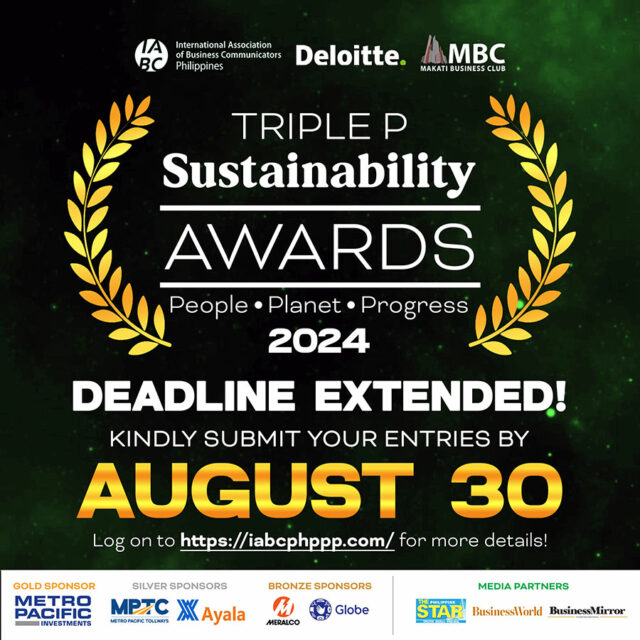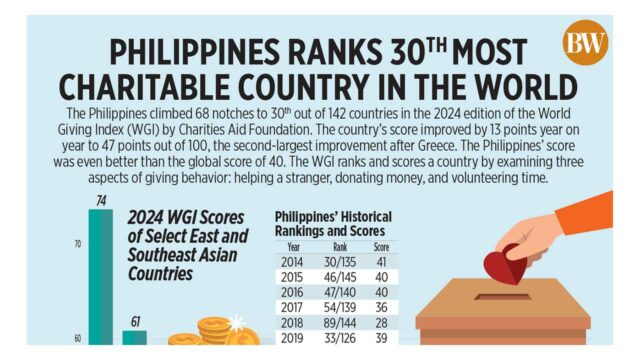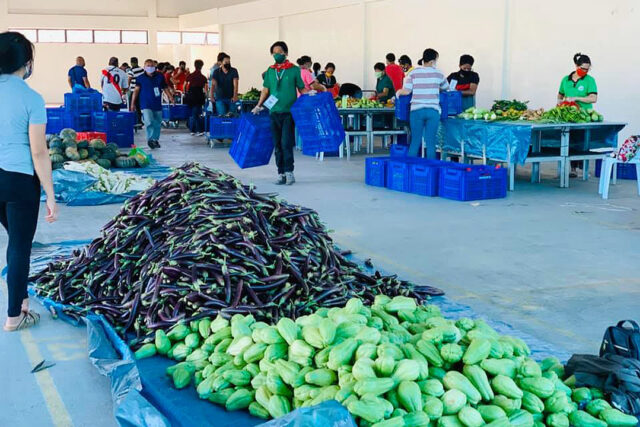Requests for foreign study leave
Mario, a long-time supervisor is applying for a six-month management program fully funded by a foreign entity. If accepted, he plans to take study leave without pay and promises to apply his key learnings when he comes back. Unfortunately, we don’t have a policy on this. What’s the best thing to do? — Blue Sky.
Take advantage of the absence of a policy. That way, you can be reasonably flexible in your decision-making process. But don’t be trigger-happy. Have an open mind as an instant negative reaction could have a serious consequences on Mario’s morale.
All organizations need a dynamic training program. Unfortunately, not many employers can afford to pay for sophisticated programs, especially those that involve foreign training. The nature of jobs changes almost every day in this globally competitive environment.
The trouble is the scarcity of training resources as companies navigate rapidly changing technology, new business demands, cultural and generational workforce shifts, and the changing nature of work.
The above list is not complete. But they hint at the urgency of the need for a management development program for everyone. All employees, regardless of rank and stature, must develop new competencies to respond to the changes. Withhold any training and your people will soon enough risk obsolescence, leading your organization to lose its competitiveness.
Only through the continuous upgrading of the worker skills can an organization maintain its competitive advantage in the industry.
CONDITIONS
Even in the absence of a policy on foreign training, you should approve Mario’s request. If you’re part of the human resources (HR) department, you should be dynamic enough to discover there are many free management programs. Many of them can be accessed online and need not require in-person attendance.
But of course, there’s great appeal in foreign training, as opposed to an online set-up. Thus, I will recommend to management the approval of Mario’s study leave, subject to the following conditions:
One, good work performance. A strong performer gives management confidence that Mario will succeed in such a program.
Two, 10 years of service. Continuous employment is another consideration. It is an important measure of the company’s retention rate. This requirement tells people that they must prove their loyalty to the organization before being allowed to take study leave.
Three, clean record. This means having no violations of the company’s Code of Conduct or other rules and regulations, including minor offenses like absenteeism, tardiness, or non-wearing of company uniform, among others.
Four, the nature of the job. A foreign training program, even if it’s fully funded, should promise improvements in Mario’s work when he returns. He must make the case why such a program is indispensable for his current job.
Five, no sharing of trade secrets. Approval of a study leave does not automatically mean that management will allow the sharing of its vital information or strategy with others in the form of case studies or other means. Prior approval is needed before this can happen.
Six, an agreed employment contract. Such a contract must be signed before Mario leaves for overseas. This contract should require him to apply what he learned from the training program within one or two years. Also consider requiring the payment of a training bond.
Seven, a temporary replacement. Internally appointing a senior person will be necessary to avoid disruption of business operations. This also strengthens the company’s succession and career development plans.
POLICY
Now that you are ready to handle Mario’s situation, prepare to establish a formal policy to handle future cases. Create a new policy that applies prospectively to all workers who may be interested in following in his footsteps. You are establishing a precedent and cannot get away from it.
To avoid any confusion, make this policy part of the company’s career development program and succession plan.
Consult other department managers. This way, it would be easy for you to come out with a dynamic program approved by all managers who may be adversely affected by the absence of people attending foreign training. However, no one can argue against having a training program that requires minimal resources from the organization.
Bring Rey Elbo’s Kaizen Blitz Workshop to teach your management team a unique approach in problem-solving. Contact him on Facebook, LinkedIn, X or e-mail elbonomics@gmail.com or via https://reyelbo.com















